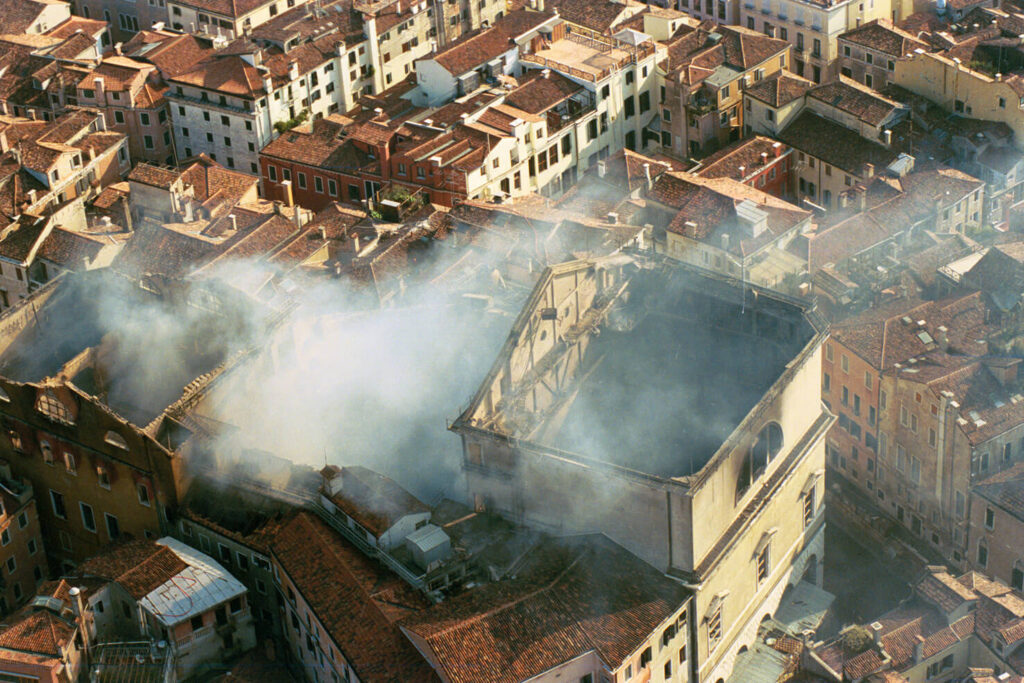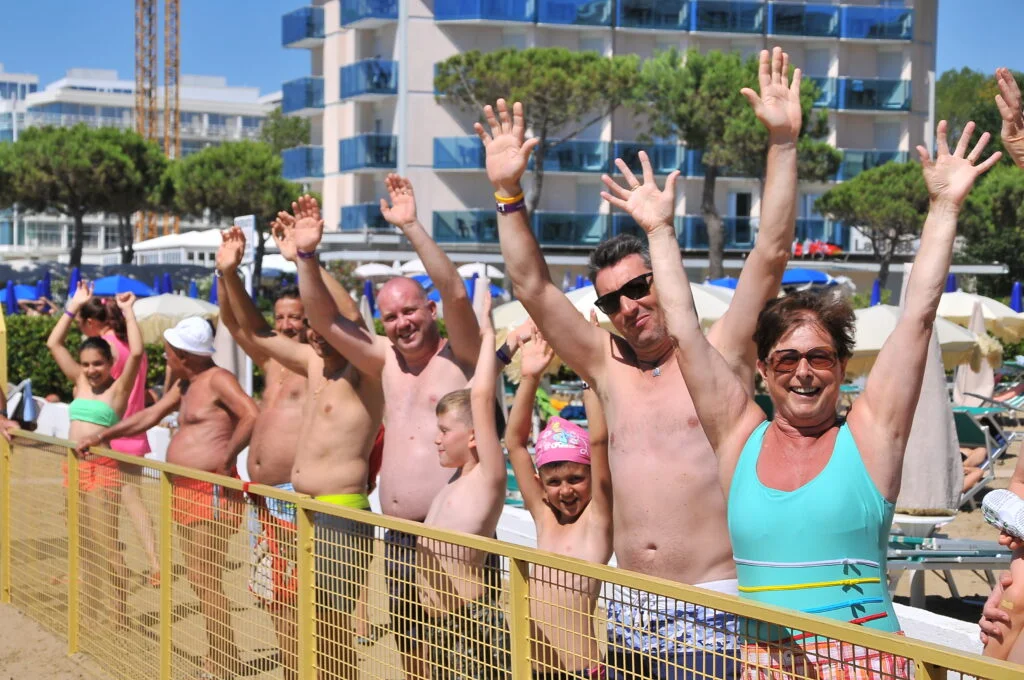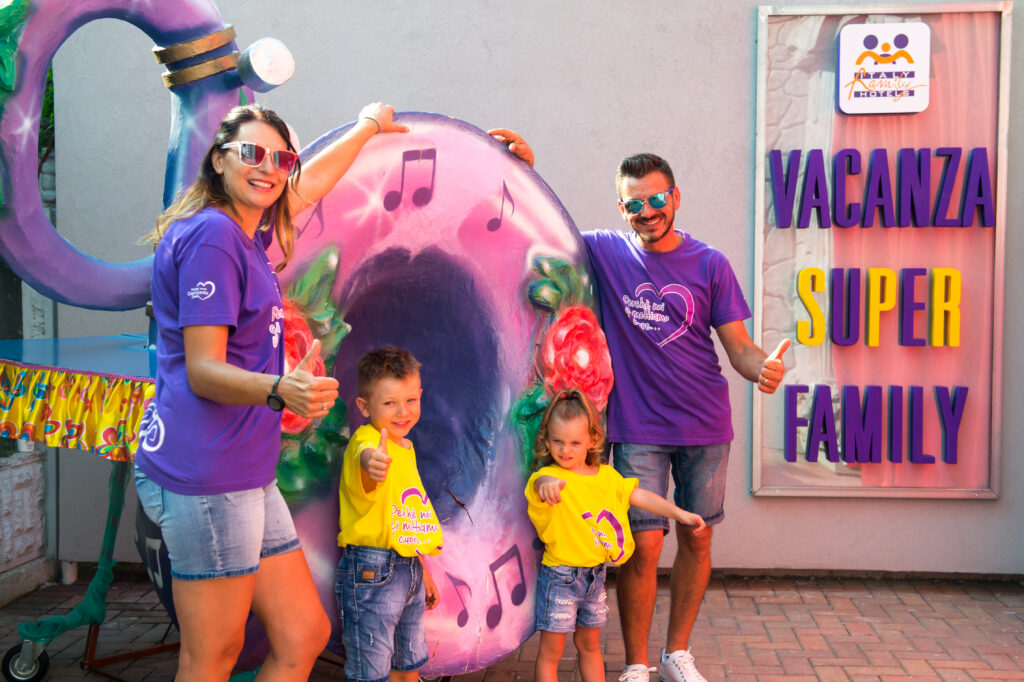Venice, tales of destruction and extraordinary reconstructions.

It might seem strange that ships or the Venetian buildings constructed on water should fear fire…
Yet, this element has caused more devastation than many battles and wars.
At the Arsenal, as in 1473: ‘Around the ninth hour, fire caught in the Arsenal’s powder, and all the gunpowder stored in the said Arsenal and the house where it was made burned. It made the whole earth tremble like an earthquake.’
At the Doge’s Palace, as in 1483, ‘due to a “little candle” left lit on the altar that set fire to the tablecloth and quickly spread throughout the environment.’
In the shops of Rialto, as in 1514…
On December 20, 1577, the Doge’s Palace was struck once again by an extremely violent fire; the Sala dello Scrutinio and the Maggior Consiglio suffered very serious damages, and the painted decoration was completely destroyed.
Then, numerous homes and residences adorned with frescoes, statues, beauty; or the Teatro della Fenice: an endless series of destructions that the Venetians, with courage and determination, rebuilt every time.
The same as before and often even better than before.
In 1728, after yet another fire, this time ‘in a building in San Bartolomeo, with the concrete danger that the fire could spread to a nearby ‘powder’ depot causing a disaster,’ Venice took action.
The Council summoned Venetian ambassadors in Madrid, London, Paris, and Vienna to inquire whether they had any information about ‘any artificial machine for collecting and throwing water, whatever it might be, and at what distance and height the impulse of the water itself reaches, if it is easy to move said machine quickly from one place to another…’

And so Venice finally equipped itself with these early machines, which, it must be said, were also efficient for that time.
But it wasn’t enough: bureaucracy (it always strikes, everywhere, as you know) did its part to ruin everything.
So, in yet another terrifying fire at Madonna dell’Orto, these were not used because the doors of the Arsenal were locked, due to an old law that prohibited their opening during nighttime…
In short, fires continued to reign supreme in the lagoon city.
In 1836, it was the turn of the famous Fenice: ‘The fire, reveling in the stage curtains and the canvases with ropes suspended from the ceiling and finding kindling in the dried-out woods, gained strength and spread so rapidly that there was no time for the preparations to stop its progress.’
And again in 1996, despite new fire prevention technologies, water available almost everywhere, yet for the second time in a hundred and sixty years, the glorious Theater went up in flames again.








